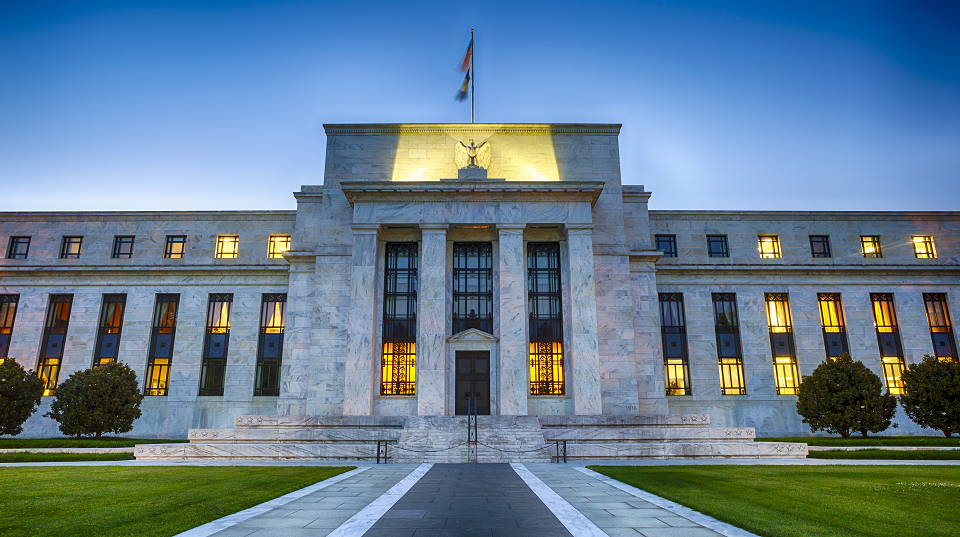by Kristina Hooper, Chief Global Strategist, Invesco Canada
It’s back to school season, and that invariably reminds me of my own education and all that I enjoyed learning when I was in school. One class that I found particularly thought-provoking was a business school class on the history of entrepreneurship. Interestingly, the curriculum started with Joseph Schumpeter, the economist who introduced the concept of “creative destruction,” which Schumpeter developed based on the theories of Karl Marx. Not surprisingly, I have thought a lot about Schumpeter’s views throughout the pandemic.
By way of definition, Schumpeter describes creative destruction as the “process of industrial mutation that continuously revolutionizes the economic structure from within, incessantly destroying the old one, incessantly creating a new one.” 1 Simply put, out of pain comes gain. He viewed it as not only a necessary part of capitalism, but one in which positive effects are reaped from the damage inflicted, like a phoenix rising out of the ashes. The “perennial gale of creative destruction” results in “lost jobs, ruined companies, and vanishing industries,” but from that devastation springs economies that may “grow more productive and richer” with citizens experiencing the “benefits of new and better products, shorter work weeks, better jobs and higher living standards.”1
Creative destruction has been experienced in a wide variety of industries in capitalist economies over time. One example is the textile industry in 19th century England. Luddites (English workers who organized to protect jobs) sabotaged shipments of textile machinery in order to defend jobs that would be lost if this technology were to be adopted. After strong resistance, progress prevailed: Jobs were lost, but society benefited from the advancements, ultimately becoming more productive and creating more jobs. Just as humans have evolved, economies have evolved – often through creative destruction.
Today, the pandemic has put the process of creative destruction into overdrive, accelerating trends that were expected to evolve over many years, rather than a few months. I believe the kind of economic destruction created by the pandemic is so massive that it might very well result in enormous progress and innovation. Sadly, so many businesses have failed as a result of the pandemic, and unemployment remains high. I don’t want to diminish those losses – they are devastating, and I believe that governments need to address these issues through stimulus. However, there may be silver linings to the very dark cloud created by the pandemic. Below, I highlight two: ESG and entrepreneurialism.
The pandemic could lead to a sharper focus on ESG
I agree with those who believe that the pandemic and ensuing economic recession is a likely catalyst for a greener economy and, more generally, a greater focus on Environmental, Social and Governance (ESG) issues. This could turn out to be a moment of “creative destruction,” with a deep recession begetting a better and more environmentally friendly economy.
As Kristalina Georgieva, Managing Director of the International Monetary Fund (IMF), stated: “Will historians look back and say this was the moment of a Great Reversal? Today, we see very worrying signs. One hundred and seventy countries are going to finish this year with a smaller economy than at the start of the year, and we already project that there will be more debt, bigger deficits, and more unemployment. And there is a very high risk of more inequality and more poverty. Unless we act. So, what would it take for historians to look back at this crisis as the moment of a Great Reset? From the perspective of the IMF, we have seen a massive injection of fiscal stimulus to help countries deal with this crisis, and to shift gears for growth to return. It is of paramount importance that this growth should lead to a greener, smarter, fairer world in the future.”2
We may already be seeing progress toward this end in the European Union (EU). In just the last several days, the commissioner for the EU budget revealed to the The Financial Times that the EU is “exploring the possibility” of selling ESG bonds as part of a large-scale debt-raising campaign tied to its 750 billion euro stimulus package. EU leaders had previously suggested they would spend at least 30% of the stimulus package on sustainable investment as part of efforts to support rebuilding the economy in a more ESG-friendly way.3
Small business applications rise dramatically in the U.S.
As in the Global Financial Crisis, small business creation is on the rise. Some of this is likely the result of people losing jobs. But whatever the reason, there are far more entrepreneurs in the US now, and that can be a source of positive change and real innovation. According to the U.S. Census Bureau, business formation has risen 96% year-over-year thus far in 2020.4 Last week, the Birmingham Business Journal reported that business applications are on the rise in the state of Alabama, and attributed it to entrepreneurs offering solutions to problems created by COVID-19.5 Similarly, business applications in Michigan experienced dramatic growth in 2020, up 123% year-over-year as of August, with much of the rise beginning in late June.6 This is a welcome change from 2019 when John Dearie, founder of the Center for American Entrepreneurship, worried about a scarcity of new businesses, stating that “Declining startup rates amount to nothing less than a national emergency.”7
Conclusion
This fall, I believe we should be prepared for the possibility of some moderation in economic growth and a rise in COVID-19 infections in at least some parts of the world. However, that doesn’t mean we should become myopic and pessimistic about the economy and markets. This crisis is creating a wide array of opportunities for future growth. In my view, long-term investors should be focused on the innovation that emerges from the destruction caused by the pandemic.
This post was first published at the official blog of Invesco Canada.














